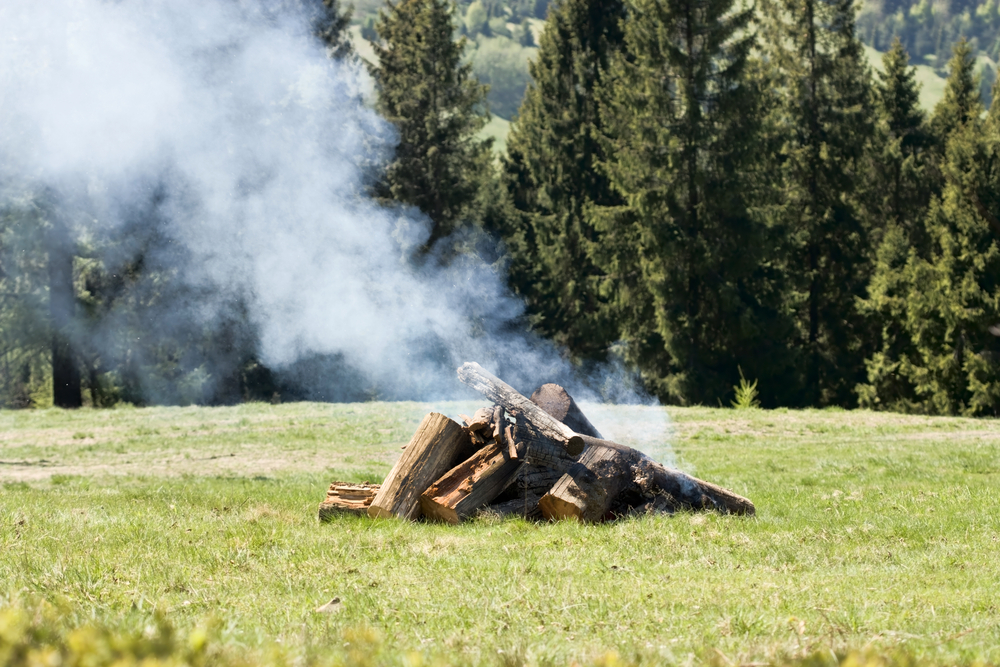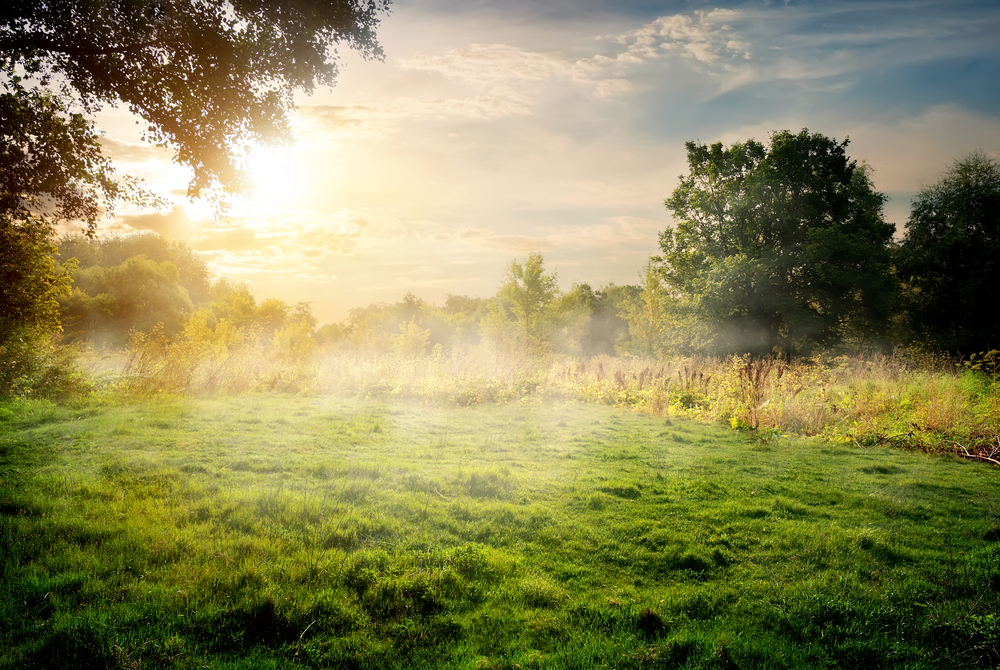What if you don’t have any tools or perhaps, you lost them and you’re out in the sea or woods, how can you read the weather? Here are some ways you can make your own forecasts.
Read the Weather Without Using Tools
We’ve gotten used to the nightly weather report and the weather apps on our phone giving us (fairly) accurate predictions of what’s to come. But what if those sources of weather data ceased to exist? We may not have reliable radar graphics, but we can still use a few tools and some clues from mother nature to give us an idea of what’s on the horizon.
Usually, people use an exterior thermometer and a barometer to measure the temperature and the atmospheric pressure. A barometer with a high reading indicates high pressure and good weather. As the reading falls, a low-pressure system and bad weather are moving in.
However, if you don’t have these tools at your disposal, here are other ways to make your own forecast.
1. Red Skies

Most of us have heard the expression, “red skies at night, shepherds delight; red skies in the morning, shepherds take warning.”
This is pretty accurate in practice. When the skies are red in the morning, the sun is lighting the undersides of rain clouds moving from west to east. A red sunset sky indicates clear skies to the west as heavy rain clouds continue to move east.
2. Watch Animal Behavior
Animals will prepare for inclement weather in a variety of ways.
Cows lie down if rain is coming, and tend to stand facing away from the oncoming wind. Ants build their mounds higher to prepare for incoming rain, and bees and butterflies disappear to take cover in their hives. Dogs can also become agitated when storms are on their way. If you see seagulls on the beach, a storm is usually on its way. They prefer not to fly or be caught in rough seas.
3. Observe Campfire Smoke

When you build your campfire, keep an eye on the smoke. Smoke that rises steadily indicates high air pressure and clear weather. Smoke that swirls and descends indicates dropping pressure and bad weather.
4. Sticky Windows and Doors
Increased humidity can cause wooden windows and doors to expand and become sticky and harder to open. This can be a sign that wet weather is coming in.
5. Summer Fog

Fog in the summertime is a good thing. It means that the sky is clear enough to let hot air rise, and cool air can move in. A summer fog can indicate a clear day ahead.
6. Cloud Reading
More for short-term use, observing the type and height of the clouds can give you an idea of how close a storm is. High, white clouds are typical on a clear day. Lower, thicker, clustered, or massed clouds mean that a storm is on its way.
7. Lunar or Solar Coronas
A halo-like ring around the moon or sun is caused by light reflecting through water vapor. That moisture can move closer to the earth and become wet weather.
8. Dew in the Morning
Heavy dew in the morning required a dry night and calm winds, usually found in the middle of a high-pressure system. It should be at least 12 hours before a different system can move in.
A Handy Skill to Have
While our observations will provide us with a shorter-term reading than your 10-day forecast, this approach will also tend to be fairly accurate. After all, how many times have you seen a forecast change over those 10 days?
Paying attention to your surroundings can give you a good idea of when to pack your umbrella, and when clear skies will remain. This skill will come in handy if you’re out there without any tools to read the weather.
Do you know of other ways to read the weather naturally? Share it with us in the comments section!
Up Next:
- Weather Forecasting The Old Fashioned Way
- How Camping In The Rain Can Prepare You For A Disaster
- The Best Plants For Summer Gardens You Can Start With


